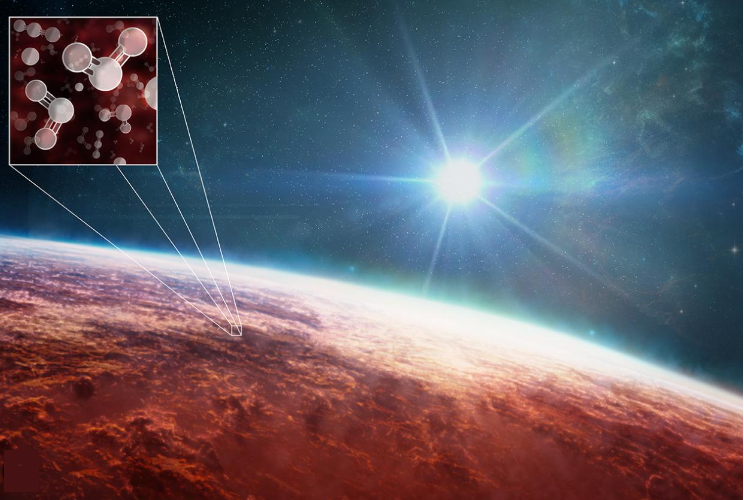
Exoplanets
Phd Thesis
Site: Merate (LC)
Duration
3 years
Tutors
Francesco Borsa, Monica Rainer
Contact
francesco.borsa AT inaf.it
monica.rainer AT inaf.it
Description
The characterization of exoplanetary atmospheres is today one of the hottest topics in astrophysics.
Close-in exoplanets are among the most interesting targets, sculpted by atmospheric escape driven by the X-ray/UV flux of their host stars.
As of today, high-resolution (HR, R>50,000) transmission spectroscopy (spectral time-series obtained while a planet, as seen from Earth, transits in front of its host star) and emission spectroscopy (when the planet is close to secondary eclipse, showing its dayside) are the ultimate techniques to investigate exoplanet atmospheres, and to study their chemical and physical properties.
As part of the GAPS (Global Architecture of Planetary Systems) project (https://theglobalarchitectureofplanetarysystems.wordpress.com/), which involves a team of national and international exoplanet-interested scientists and exploits a currently ongoing five-year Large Programme at the Telescopio Nazionale Galileo (60+ nights/yr), we are performing atmospheric characterization of many exoplanets exploiting the HR optical and infrared spectrographs HARPS-N and GIANO-B.
Lots of data are waiting to be analyzed, in order to understand the atmospheric peculiarities of the single exoplanets and to put them in the broader context of exoplanetary atmospheres at large.
[Crediti immagine: James Webb Telescope]
